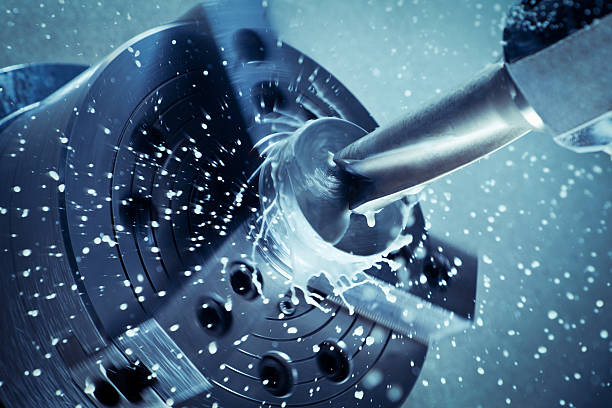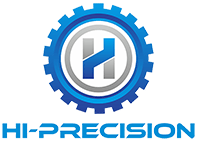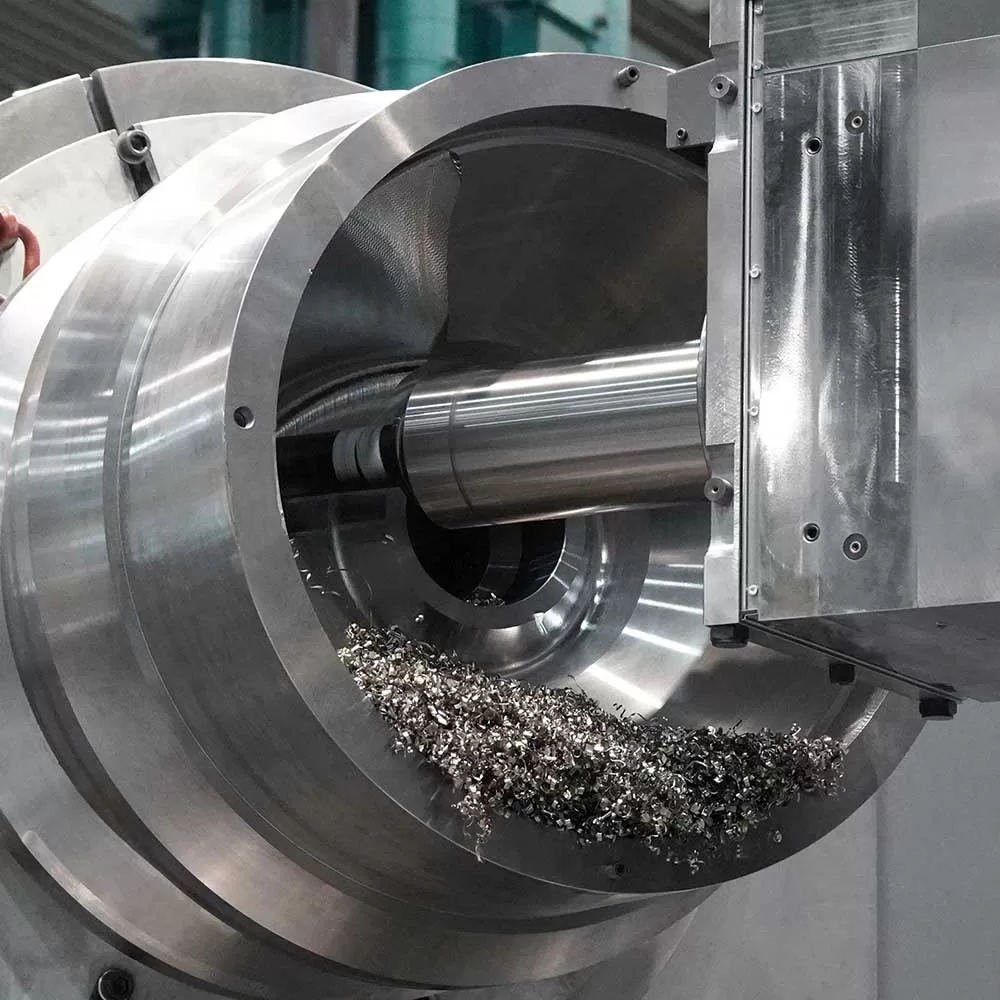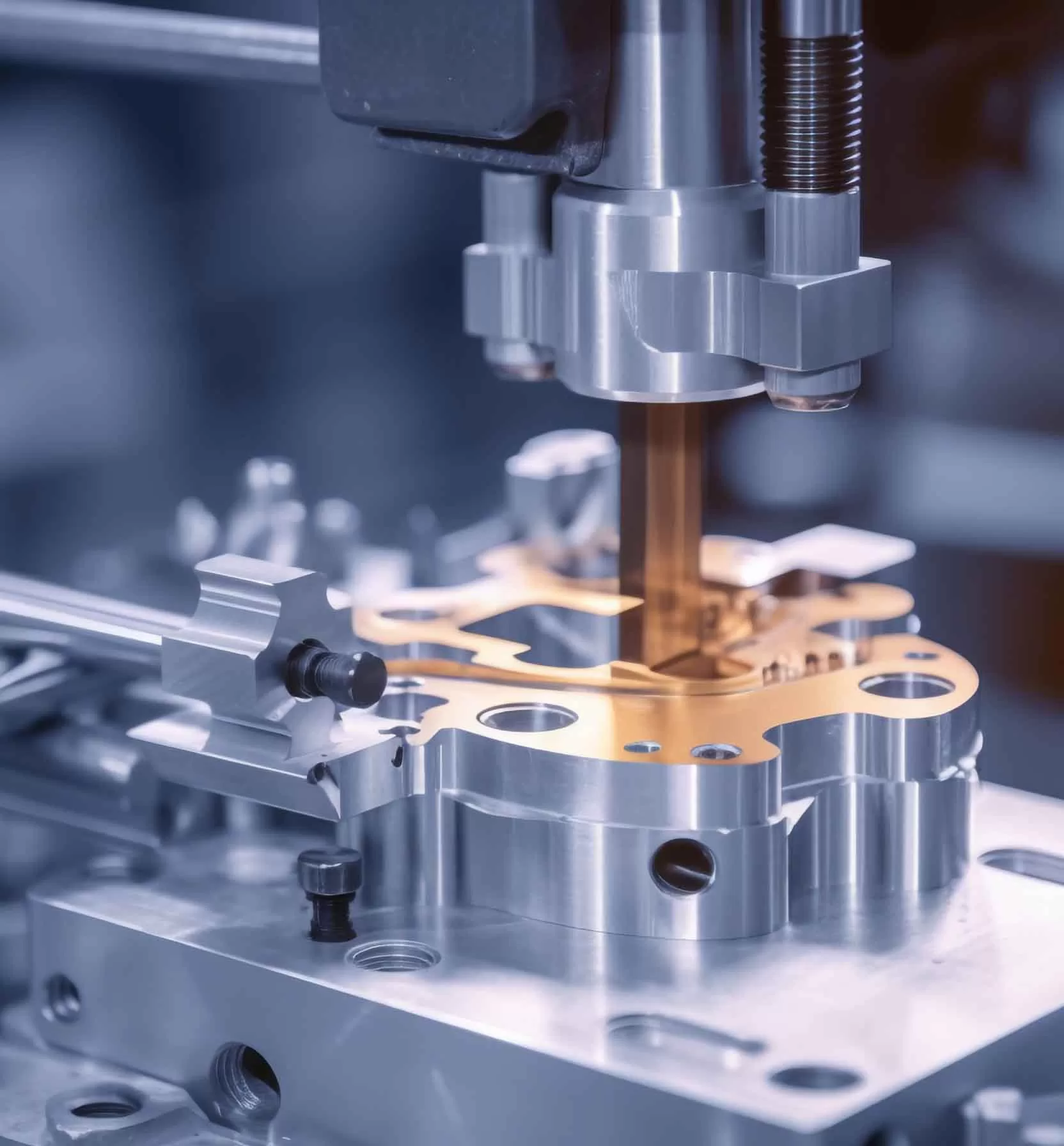CNC Masters who have been engaged in CNC machining for more than ten years generally have some CNC machining experience and skills summarized by themselves, so today We will share some machining secrets of our factory CNC masters for free.

CNC Machining Experience tip 1: General Rules of Toolpaths
Rough cutting: Under the maximum load of the machine tool, in most cases, the largest possible cutter, the largest possible feed amount, and the fastest possible feed should be selected. In the case of the same knife, the feed is inversely proportional to the amount of feed. Under normal circumstances, the load of the machine tool is not a problem. The principle of tool selection is mainly based on whether the two-dimensional angle and three-dimensional arc of the CNC machined product are too small. After selecting the tool, determine the length of the tool. The principle is that the length of the tool is greater than the CNC machining depth. For large workpieces, it is necessary to consider whether the chuck interferes.
Light knife(laser cutter): The purpose of light knife is to meet the CNC machining requirements of the surface finish of the workpiece and reserve an appropriate margin. In the same way, the light knife chooses the largest possible knife and feeds as fast as possible, because the fine knife takes a long time, use the most suitable knife and feed. Under the same feed, the larger the lateral feed, the faster the feed. The feed amount of the curved surface is related to the smoothness after CNC machining. Use the largest knife, the fastest speed, and the appropriate feed.
CNC Machining Experience tip 2: Clamping method
All clamps are horizontally long and vertically short.
Vise clamping: The clamping height should not be lower than 10 mm, and the clamping height and CNC machining height must be specified when CNC machining the workpiece. The CNC machining height should be about 5mm higher than the plane of the vise, the purpose is to ensure firmness without hurting the vise. This kind of clamping is a general clamping, and the clamping height is also related to the size of the workpiece. The larger the workpiece, the corresponding increase in the clamping height.
Plywood clamping: The plywood is coded on the workbench with a yardstick, and the workpiece is locked on the plywood with screws. This kind of clamping is suitable for workpieces with insufficient clamping height and large CNC machining force. Generally, the effect is better for medium and large workpieces.
Clamping with code iron: When the workpiece is large and the clamping height is not enough, and it is not allowed to lock the thread at the bottom, use code iron for clamping. This kind of clamping requires secondary clamping, first code the four corners, machining the other parts, then code the four sides, and machining the four corners. When clamping for the second time, do not let the workpiece loosen, first code and then loosen. It is also possible to code both sides first and CNC machining the other two sides.
Tool clamping: the diameter is above 10mm, and the clamping length is not less than 30mm; the diameter is less than 10mm, and the clamping length is not less than 20mm. The clamping of the tool should be firm, strictly prevent the tool from colliding and directly inserting into the workpiece.
CNC Machining Experience tip 3: Classification of knives and their scope of application
According to the material: White steel knife: easy to wear, used for roughing copper and small steel materials. Tungsten steel knife: used for clearing corners (especially steel) and light knife. Alloy Knife: Similar to Tungsten Steel Knife. Purple knife; used for high-speed cutting, not easy to wear.
According to the knife head: flat bottom knife: used for flat and straight sides, clearing the plane angle. Ball knife: used for light and light knives on various curved surfaces. Ox nose knife (with one side, two sides and five sides): used for roughing steel materials (R0.8, R0.3, R0.5, R0.4). Coarse leather knife: used for roughing, pay attention to the method of leaving the margin (0.3).
According to the blade: Straight blade: Straight blade is suitable for various occasions. Inclined knife: but not suitable for straight surfaces and surfaces with a slope smaller than the slope of the rod.
According to the blade: two blades, three blades, four blades, the more blades, the better the effect, but the more work, the speed and feed should be adjusted accordingly, the more blades, the longer the life.
The difference between the ball knife and the flying knife light knife: ball knife: when the concave ruler is smaller than the ball ruler, and the plane ruler is smaller than the ball R, the light will not reach (the bottom corner cannot be cleared). Flying knife: The advantage is that it can clear the bottom corner. Comparison of the same parameters: V=R*ω The rotation speed is much faster (flying knife), the light is bright when it is powerful, and the flying knife is mostly used for contours, and sometimes the flying knife does not need the middle light. The disadvantage is that the size of the concave surface and the plane ruler are less than the diameter of the flying knife.
CNC Machining Experience tip 4: copper electrode
Under what circumstances do you need to make a copper electrode: If the knife cannot be inserted at all, you need to make a copper electrode. If there is still a copper electrode that cannot be inserted, the shape is protruding and needs to be divided again. The knife can go down, but if the knife is easy to break, copper electrode should also be done, which depends on the actual situation. Products requiring fire patterns need to be made of copper electrode. Copper electrode can’t be done, the bone position is too thin and too high, easy to be damaged and easily deformed, deformed during CNC machining and sparked, and inserts are required at this time. The surface of things machined by copper electrode (especially the curved surface will be very smooth and uniform) can overcome many problems in precision and drawing. Coarse copper electrode must be made when precise shape or large margin is required.
Select the surface to be copper electrode, complete the surface to be supplemented, or extend the surface to be extended, to ensure that all edges of the copper electrode are larger than the edge to be punched without damaging the surface of other products, and remove unnecessary cleaning. The plane angle (intersecting with the plane angle is a deeper glue position) to make up a regular shape; find the maximum shape of copper electrode, use a boundary and then project it to the support surface; determine the size of the reference frame, cut off the support surface, to The copper electrode diagram is basically completed; material preparation: length * width * height, length and width ≥ Ymax and Xmax as the reference frame The length and width of the actual copper material must be greater than the reference frame on the drawing. Height ≥ theoretical size of copper electrode + reference frame height + clamping height.
CNC Machining Experience tip 5: Number of drawings problem
In the absence of a ready-made CNC machining surface, the four sides of the plane are centered, the center is aligned with the origin, the top is facing zero, and when the top surface is uneven (for copper males), a margin of 0.1 is left, that is, when the number of collisions is actually 0 (z), 0.1 lower on the graph.
When there is a ready-made CNC machining surface, make the ready-made surface on the picture 0(z), and the plane can be divided into the middle, otherwise, the actual height, width and length should be checked if the CNC machining surface is touched by the ready-made side (single side). Different from drawings, program according to actual materials. In general, first CNC machining to the size on the drawing and then CNC machining the shape on the drawing.
When multiple positions are to be machined, for the first position (standard position), the benchmarks of the other positions must be fixed, and the length, width and height must be adjusted. All the next CNC machining benchmarks should be based on the surface that has been machined last time. allow.
Positioning of the insert: place it inside the whole, pad the bottom to a certain height and then raise the drawing to this height, the plane is centered according to the whole, and the height is locked with screws at the bottom of the picture; if it is square, it can be directly centered ;Roughly, the maximum shape can be used for centering; cut a fixture, divide according to the fixture, determine the relative position of the insert drawing and the fixture, and then place the origin of the drawing on the center point of the fixture.
CNC Machining Experience tip 6: Coarse tool path selection
The key to surface grooving is the selection of the range and the selection of the surface. The area of tool path CNC machining is: the selected surface in the selected range is used as the termination surface, and all places where the tool can go down from the highest point to the lowest point are the principle. The selected surface is preferably the whole surface, and the boundary can only be the area to be machined. The distance without surface is less than half the tool radius, because there is enough margin for other surfaces so it is automatically protected; it is best to extend the lowest line, because There is a R gong at the lowest point. Knife selection: If the tool cannot feed in a spiral or oblique line, or the area that cannot be machined, the area that cannot be entered by the knife is sealed, and it is left for the second roughing. Before smoothing the knife, you must roughen all the unroughed areas, especially small corners, including two-dimensional corners, three-dimensional corners and sealed areas, otherwise the knife will break. Secondary roughing: Generally, three-dimensional grooving is used to select the range, and flat-bottomed knives can be used for plane grooving and shape tool paths. To reach the selected boundary from the center of the tool without damaging other surfaces, generally do not refine the boundary, use fast two-way angle depending on the situation, spiral feed, angle 1.5 degrees, height 1, when the shape of the groove is strip, it cannot The spiral lower knife uses a slanted line to feed the knife. Generally, the filter is opened, especially when the curved surface is rough. The plane of the knife should not be low to avoid collision with the knife. Retraction: Generally, relative retraction is not needed, but absolute retraction is used, and relative retraction is used when there is no island.
Plane grooving: Milling various planes, concave and flat grooves. When milling partly open planes, it is necessary to define the boundary. In principle, the tool can enter (greater than one tool radius), and the open part is more than half the tool radius, and the periphery is closed. Plane grooving: Milling various planes, concave and flat grooves. When milling partly open planes, it is necessary to define the boundary. In principle, the tool can enter (greater than one tool radius), and the open part is more than half the tool radius, and the periphery is closed. The tool path setting of mechanical correction: the correction number is 21, change the computer correction to mechanical correction, the feed is vertical feed, and the place where the knife cannot pass is changed to a large R without leaving a margin. Contour shape: it is suitable for closed surface, if it is open surface, if it has four circles, it needs to be sealed. It is used for roughing: the machining distance in any plane is less than one tool radius, if it is larger than one tool radius, a larger tool or two contours with the same height should be used. Surface streamline: with the best uniformity and crispness, it is suitable for light knife and can replace contour shape in many cases. Radial toolpath: suitable for situations with large holes in the middle (rarely used). Note: When the knife is played, the knife is not sharp, the knife is too long, and when the workpiece is too deep, it should be circled and cannot go up and down; the sharp corners of the workpiece should be divided into two cutting paths, and the edge should not be crossed. The edge of the light knife is the best Extend (use arc to advance and retreat the knife).
CNC Machining Experience tip 7: clear corner
The corner cleaning here refers to the two-dimensional dead corner, which is the part that has not been reached in the previous CNC machining. If the light knife needs to go to the place, the corner should be cleared first and then the light knife. The corner that is too small and deep can be divided into several knifes. Cleared too many places with a knife. Clear three-dimensional corners: open some small grooves, some three-dimensional corners. If the knife is easy to break, you must consider the situation that the knife is thin, too long, and the CNC machining volume is too large (mainly in the z direction and depth direction). Tool path: use two-dimensional shape, only small corners (R0.8) and two-dimensional plane corners can be cleared; use parallel tool path; The knife should be sealed first, and the corners should be cleaned last. The small gaps in the large noodles are generally sealed first.
CNC Machining Experience tip 8: Medium light
Medium light: the steel material with curved surface and fine publicity are medium light. Principle: There are more margins between layers when the knife is thickened. It is a CNC machining to get better results when the knife is polished. Features: Quick removal, large knife flying knife, large feed, large spacing; no need to worry about the surface Quality; flat workpieces do not need medium light; workpieces with contours of equal height do not need medium light. When roughing contours with equal heights, they can be finer and put the two machining together. The finer points refer to the distance between the surface margin and the layer to layer; whether it is necessary Medium light is required, another important factor is the material to be worked on, the harder the material, the medium light should be considered; the CNC machining direction of the medium light is better to be opposite to the roughness of the light knife, so that the machined things will be effective and uniform.
Tool wear problem: When the workpiece is large, multiple knives are required to finish the same workpiece.
The above are master-level CNC machining experiences, which are very suitable for beginners of CNC machine tools.


